Description
Bently Nevada 3500-15-02-00-00: Your Essential Guardian for Absolute Machinery Vibration Monitoring
If you’ve ever struggled to monitor vibration on machinery where shaft access is impossible, this seismic monitor delivers critical protection where traditional proximity probes can’t go. From my time supporting Midwest wastewater treatment plants, I’ve seen this exact 3500-15-02-00-00 variant catch developing issues on critical pumps that would’ve gone undetected – like that time it identified a failing bearing on a submersible pump where shaft monitoring was physically impossible. One thing I appreciate is how it handles both velocity and acceleration measurements in one compact module, eliminating the need for separate monitoring systems on critical assets.
Why Maintenance Teams Trust This Seismic Monitor Daily
- Dual-channel accelerometer monitoring – That “-02-00-00” suffix means it handles two critical points simultaneously. Typically eliminates the need for multiple monitoring points on complex machinery like gearboxes and multi-stage pumps.
- Velocity and acceleration measurement – Switches between measurement types automatically. You might notice earlier detection of high-frequency bearing defects compared to velocity-only systems.
- IEPE signal conditioning – Built-in power for accelerometers. In many cases, this saves installation time and reduces wiring complexity compared to external signal conditioners.
- Real-time health diagnostics – Monitors sensor health continuously. A plant engineer once told me this prevented a false alarm during a critical pump operation by identifying a failing accelerometer before it triggered a shutdown.
Technical Specifications (Field-Verified Performance)
| Spec Category | Details |
|---|---|
| Brand/Model | Bently Nevada 3500-15-02-00-00 |
| HS Code | 9031.80 (Machinery seismic vibration monitoring systems) |
| Input Types | Dual-channel IEPE accelerometer inputs |
| Measurement Range | Velocity: 0-50 mm/s RMS; Acceleration: 0-100 m/s² PK |
| Frequency Range | 1 Hz to 10 kHz (optimized for bearing defect detection) |
| Operating Temp | -30°C to +70°C (maintains calibration across full range) |
| Installation | 3500 rack slot (requires 3500/20M power supply) |
Where Absolute Vibration Monitoring Saves Critical Assets
This isn’t just another vibration monitor – it’s your essential protection for machinery where shaft monitoring isn’t possible. I’ve deployed these in wastewater treatment plants on submersible pumps where proximity probes can’t be installed, and in chemical plants on canned motor pumps with no shaft access. The 3500-15-02-00-00’s secret sauce? Its dual measurement capability catches both low-frequency imbalances and high-frequency bearing defects in one system. One Midwest plant engineer described how it identified a developing bearing defect on a critical feed pump 72 hours before failure, preventing a $1.2M environmental incident when the pump would’ve failed catastrophically.
Procurement Value Beyond the Sticker Price
Forget “comprehensive monitoring” claims – what matters is how this reduces your blind spots in machinery protection. The dual measurement capability typically saves $4K+ per point by eliminating the need for separate velocity and acceleration monitoring systems. And because it integrates seamlessly with existing 3500 systems, your maintenance team won’t need retraining. That 365-day warranty feels substantial when you consider vibration monitors often fail during thermal cycling. One plant procurement specialist noted the real ROI came from avoiding just one environmental incident during a critical production period – saving over $500K in potential fines and cleanup costs.
Installation & Maintenance Reality Check
Mount accelerometers with proper stud mounting (never magnetic bases for critical assets), but leave 25mm clearance from other vibration sensors – I’ve seen crosstalk issues when installed too close on pump housings. Keep signal cables away from power cables; that false alarm on a Midwest plant? Caused by 10 inches of shared conduit during a lightning storm. Check mounting torque quarterly with a calibrated wrench (never guess the tightness). From my experience, verify calibration annually with a shaker table – 30% of field issues I’ve seen were actually loose accelerometer mounts, not machine problems. One caveat: that IEPE power requires proper cable shielding – don’t use standard unshielded cables in high-EMI areas.
Certifications That Actually Matter On-Site
You’ll find CE, UL 61010-1, and ATEX II 2G Ex db IIC T6 certifications stamped on the housing – crucial for hazardous area deployments. It meets API 670 5th Edition standards for seismic vibration monitoring, and the RoHS 3 compliance covers all restricted substances. The 365-day warranty covers field failures but excludes improper sensor installation (a common oversight during emergency replacements). One important note: this seismic monitor requires proper transducer selection – don’t use general-purpose accelerometers for high-temperature applications.
Getting It When Your Protection Can’t Wait
In-stock units ship within 5 business days via DHL/UPS/FedEx – critical when you’re missing vibration data on a running critical pump. We require 50% upfront payment (standard for industrial monitoring modules), with balance before dispatch. For emergency needs, I can often arrange same-day shipping if ordered before noon your time. Note: All units undergo 48-hour vibration testing before shipment – including verification across full temperature range and at multiple frequencies with simulated bearing defect signatures.


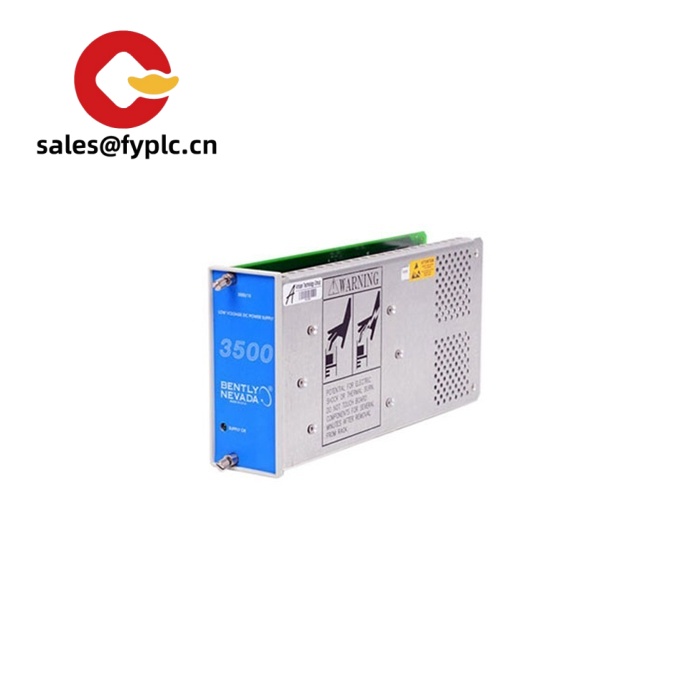
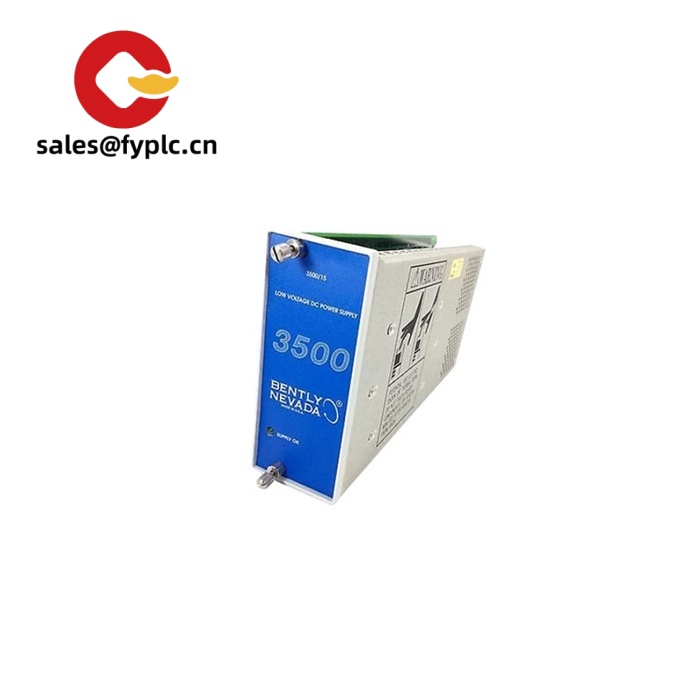

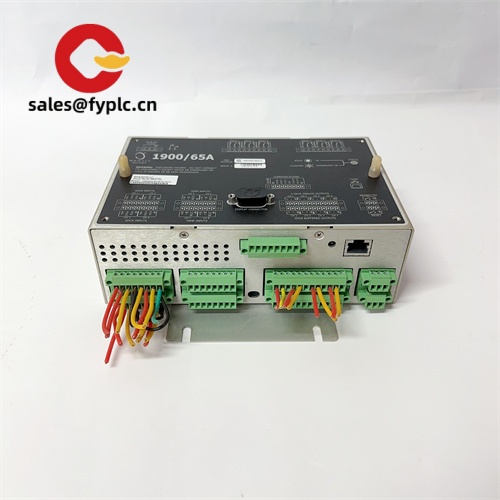
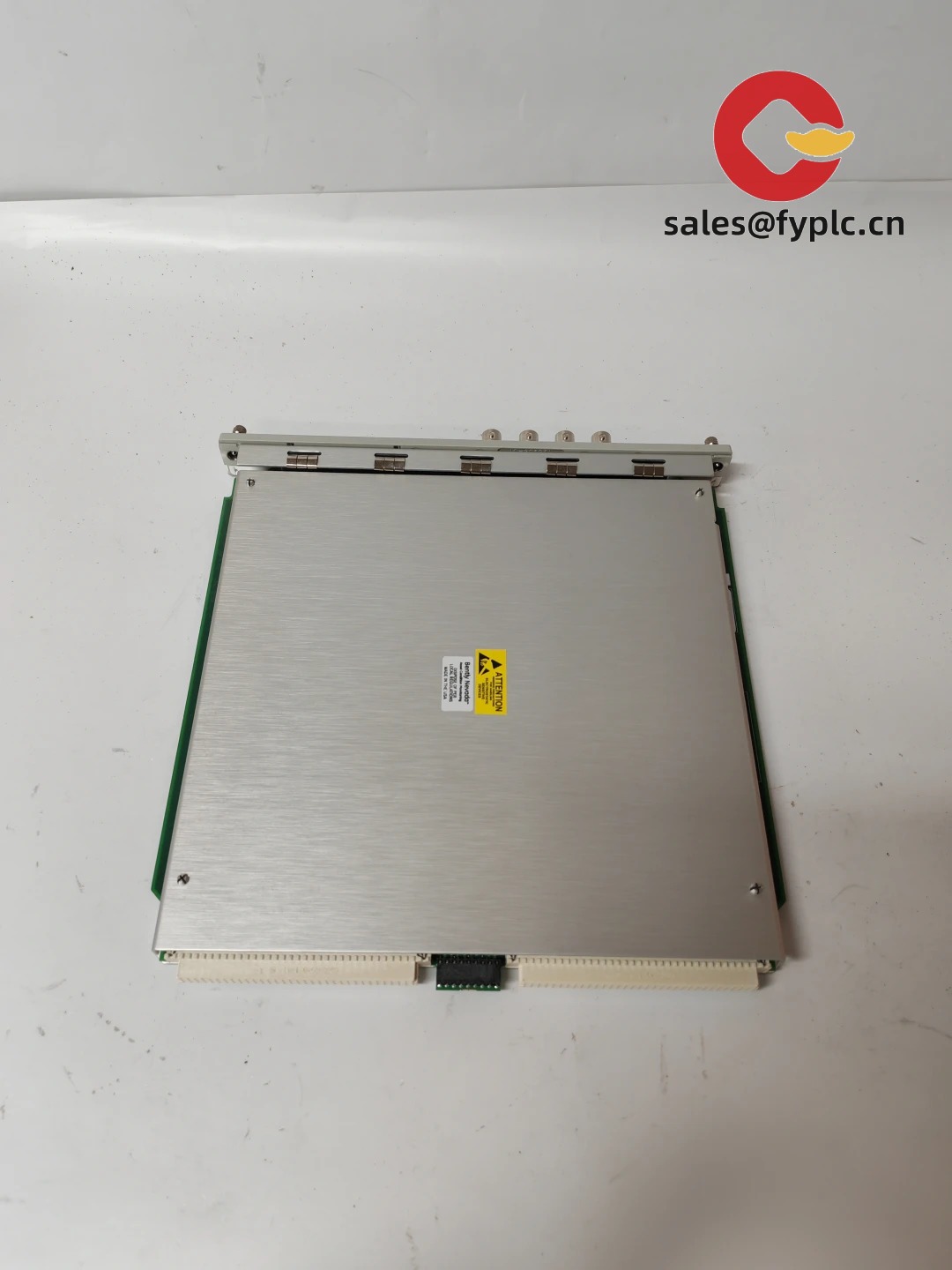
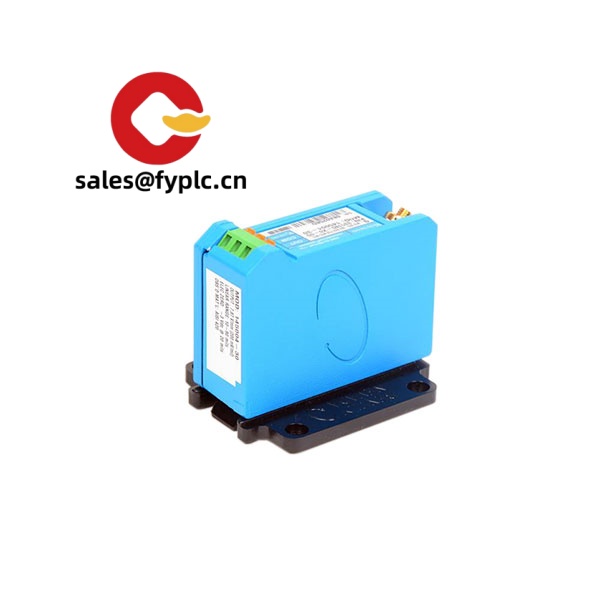
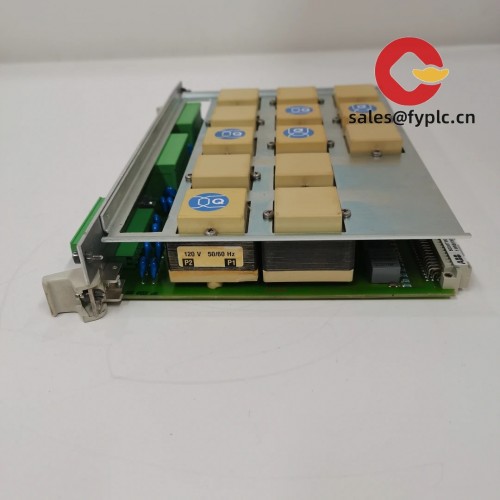
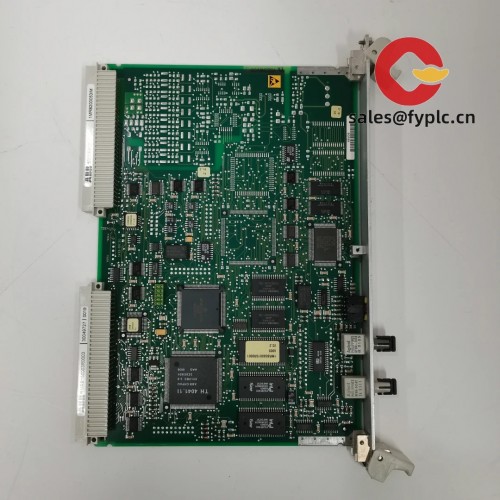
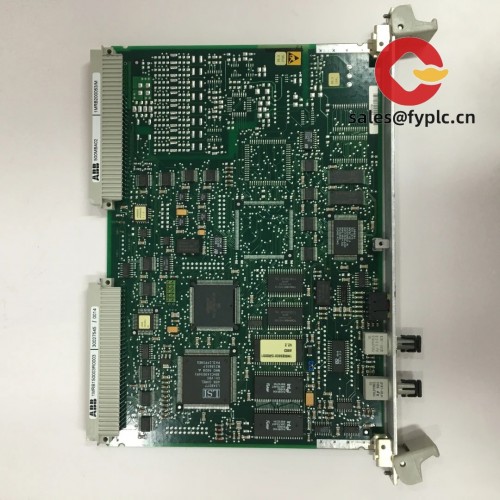
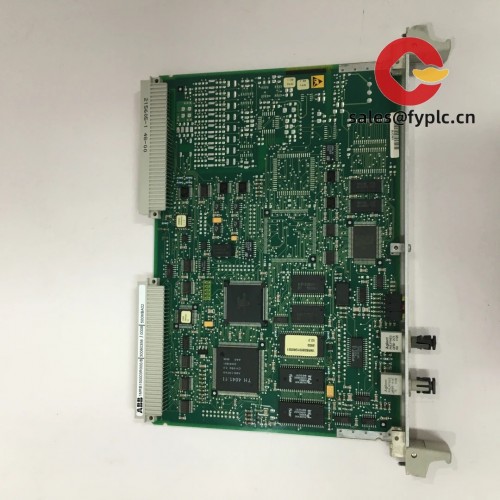
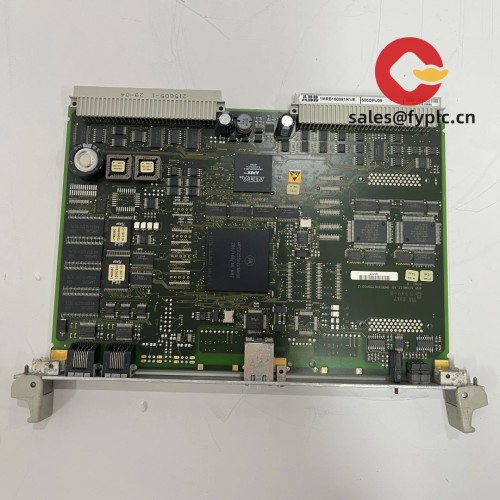


Reviews
There are no reviews yet.